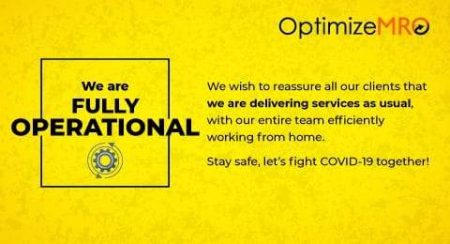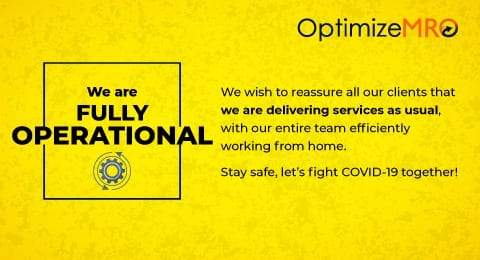
Businesses around the globe are under constant scrutiny over the suppliers/third parties they partner. The importance of managing the risks associated with working suppliers is vital in ensuring the supply chain is not disrupted due to events that occur which are completely unrelated to their business. Supplier Risk Management is the process of identifying, assessing, and mitigating the potential threats and disruptions that may arise from third parties or your suppliers. A supplier risk management policy outlines the principles, objectives, and procedures for managing supplier risks effectively. A well-designed policy can help you reduce costs, improve efficiency, enhance resilience, and prevent damages to your brand image.
Failure to acknowledge supplier risk and implement measures to mitigate the consequences associated with these risks poses threats that the business may incur in the form of operational disruptions, financial sanctions or a potential PR nightmare. Let’s talk about the steps involved in developing a risk management plan built around an effective supplier risk analysis.
1.Identification of risks and its assessment.
Initially we need to understand is the supplier risk high, medium, or low? Team effort will define the most critical risks. It involves criteria defining, sources for collection and relevant information for the analysis of suppliers. We should consider their operational capability, financial performance, environmental and compliance status, reputation and social responsibility.
2.Evaluation or mitigation of risks.
Develop and implementation of appropriate measures to mitigate and manage the risks. Team should evaluate the risks based on its severity. Evaluating may include contract negotiation, service level policy etc. We may also need to diversify supplier base, alternate source of supply, inventory level optimization, infrastructure, and investment on technology. Additionally, we should prepare contingency plans and scenarios for dealing with potential crises and regularly usage.
3.Risk Monitoring and reporting.
In this element of risk management policy, you should monitor and report on the performance status of your suppliers. This requires setting up the key performance indicators (KPI) and key risk indicators (KRI) which measure and track the effectiveness of your risk mitigation and managing actions, also changes in the risk environment. Moreover, you should conduct periodic audits and reviews of your vendors and policy to verify the compliance and verify the opportunities for improvement.
4.Practicing smart supplier risk management.
Supplier risk management is critical task for any business that relies on external suppliers for its materials or services. By identifying and assessing risks associated with supplier relationships companies can take steps to mitigate those risks, safeguard their interests, and improve their supply chain resilience. There are many different approaches that businesses can take to supplier risk management. Still, the key is to clearly understand the risks involved in business and develop a comprehensive plan for addressing all the risks.
5.Supplier risk governance and alignment.
Establishing a governance structure and framework that indicates roles, responsibilities, and committees of the different parties involved in the supplier risk management process such as executive committee, board, risk management committee, and business units. The governance structure should provide guidance and support for the implementation, evaluation, and its improvement policy. It should also align with the internal policies like quality management, corporate social responsibility, and information security. Efforts should be made to ensure they align to external standards and regulations such as ISO certification and GDPR and so on.
The cost-effective path to manage the impact of supplier or vendor risk to an organization is to implement a strategic risk-based approach. It is unavoidable to have risks and organization should have better strategies to deal with risks. The long-term survival of an organization depends on the ability to manage its supplier risks. No organization can completely avoid supplier risks, especially because many risk factors are external. However, businesses can put supplier risk management strategies into place. These strategies can be used both to reduce supplier risk and to mitigate the impact of risks when they arise.
FAQs:
1.What is supplier risk management?
Supplier Risk Management is practice of identifying, analyzing, and addressing the risk of data violation, operational failures, and other business disruptions that affect an organization.
2.Why is SRM important?
The importance of SRM is to maintain supply chain continuity in the event of an incident that could negatively impact business relationships, customer service and profitability.


